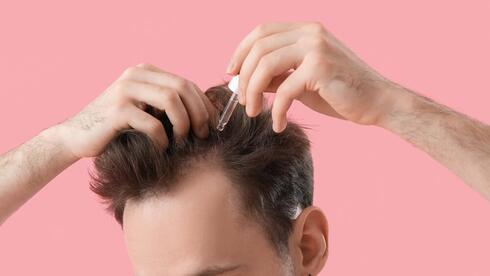




Fat cells spur hair regrowth in mice — what it means for humans

Researchers report a striking discovery: fat cells beneath the skin can release natural fatty acids that activate hair follicle stem cells and produce visible regrowth in mice within about 20 days. The study, carried out in a laboratory setting, highlights a previously underappreciated conversation between adipose tissue and hair stem cells. While the findings are promising, experts stress this is early-stage science and has not been tested in humans. Here’s what the research shows, why it matters, and what we can reasonably expect next.
What the study found
The team observed that certain fat cells in the skin — adipocytes in the subcutaneous layer — release signalling fatty acids that appear to prompt dormant hair follicle stem cells to re-enter an active phase. In treated mice, dormant or thinning follicles produced hair again within roughly three weeks. The researchers used controlled laboratory conditions to trace the chain of communication from fat cells to the stem cell niche around each hair follicle.
Key points from the research:
- Adipocytes can function as signalling hubs, not merely passive fat stores.
- Released fatty acids acted as local chemical cues to activate follicle stem cells.
- Hair regrowth occurred relatively rapidly in mice — measured in days rather than months.
Why scientists are cautiously optimistic
The discovery refines our understanding of the microenvironment that controls hair cycling. Hair growth is regulated by a complex dialogue between dermal cells, immune cells, hormones and the extracellular matrix; this research adds adipocyte-derived fatty acids to that conversation. For researchers and clinicians, the appeal is twofold: these signals might be manipulated to prompt regrowth, and they could point to novel targets for non-hormonal therapies.
However, translating mouse studies to human treatments is a long process. Mice and people have different skin structures and hair cycle dynamics, and what triggers follicles in rodents does not always replicate in human tissue. Experts typically look for confirmation in human cells or organ-culture systems, followed by carefully designed clinical trials to evaluate safety, dosing and efficacy.
Potential implications and next steps
If further research supports these findings in human models, the work could steer new lines of inquiry for common hair-loss conditions, such as androgenetic alopecia (pattern hair loss) and other forms of thinning. Possible future directions include:
- Mapping which fatty acids and receptors are responsible for the effect.
- Testing whether human scalp adipocytes behave similarly in laboratory cultures.
- Developing topical or targeted therapies that mimic or enhance the signalling without systemic side effects.
- Assessing long-term safety — ensuring stimulated growth does not trigger unwanted cell proliferation.
Researchers will also want to identify whether the signal works in ageing skin, in the presence of male- or female-pattern hair loss, and across diverse hair and skin types. These are essential questions before any patient-facing products or treatments can be proposed.
Practical takeaways for readers
For anyone interested in improving hair health now, it’s worth remembering that bench-top discoveries do not equate to immediate therapies. That said, the study reinforces a broader principle: skin and metabolic health are interconnected with hair biology. General measures that support scalp health remain sensible while the science advances.
- Maintain a balanced diet rich in essential fatty acids, protein and micronutrients.
- Protect your scalp from chronic sun damage and inflammation, which can disrupt follicle health.
- Avoid aggressive styling and excessive heat that can exacerbate shedding and breakage.
- Consult a dermatologist or trichologist for tailored assessment if you notice rapid or patchy hair loss.
Takeaway
This mouse study adds a compelling chapter to hair biology by showing that skin fat cells can release fatty-acid signals that wake dormant follicle stem cells. It opens new research pathways but is not a shortcut to a human cure. Translational work — confirming mechanisms in human tissue, ensuring safety, and running clinical trials — will determine whether these insights become viable treatments.
Explore More: Discover related reads from Hairporium — News • Guides • DIYs • Expert Articles.
More From the Experts: Read interviews and insights from stylists and professionals on Hairporium Expert Articles.







